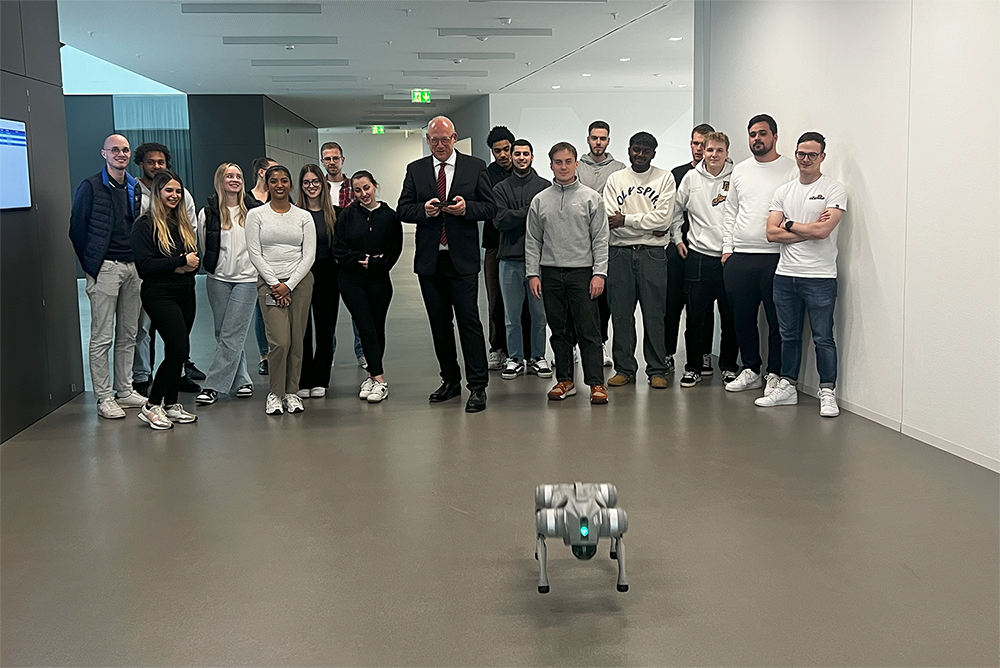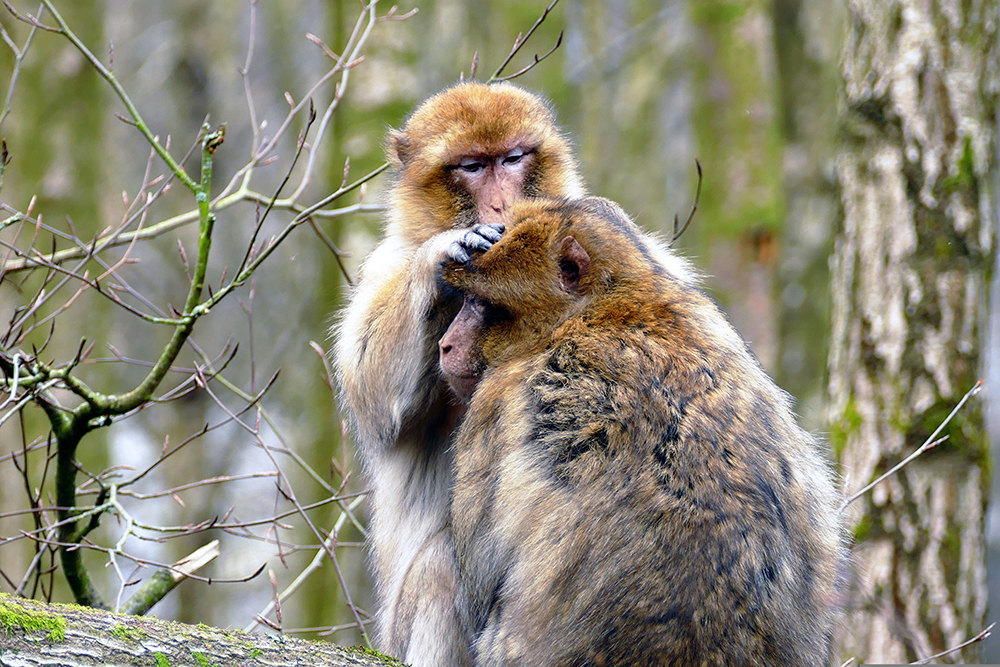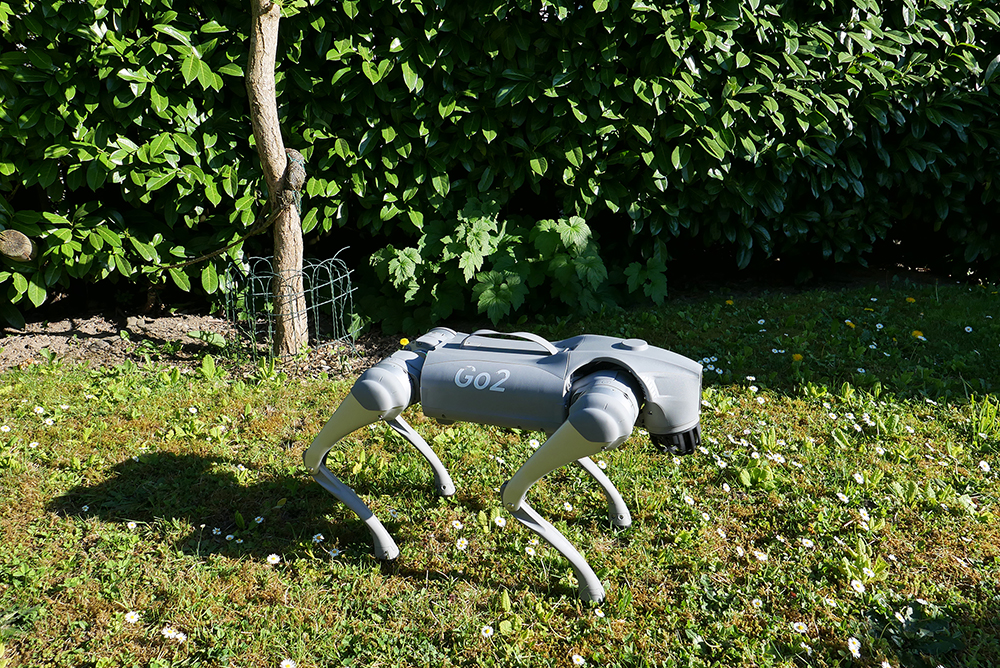Prof. Dr. Oliver Bendel will host the next ACI Conference, marking the first time the event comes to continental Europe as it convenes on the FHNW campus in Brugg-Windisch, Switzerland, from 2-5 December 2026. Building on a tradition that has taken the community from Glasgow to North Carolina, Newcastle, Bloomington, Milton Keynes, Haifa and Atlanta, this edition continues the conference’s role as the premier venue for advancing Animal-Computer Interaction. As the field grows, researchers and practitioners explore how technology shapes animals’ lives, wellbeing, cognition and social dynamics while developing animal-centered systems and methods that embrace multispecies perspectives. The conference maintains its commitment to interdisciplinary collaboration across biology, technology and cultural studies, supporting work that seeks to design ethically grounded, welfare-enhancing and inclusive technological futures for all animals, humans included. Proceedings will be published in the ACM Digital Library, and the official conference website will go live in January 2026. Information on previous ACI conferences is available at www.aciconf.org.
Fundamentals of Animal-Machine Interaction
“Just.Us + Animal Welfare” is a lecture series organized by Department 10 Veterinary Medicine to promote animal welfare at Justus Liebig University Giessen. On November 12, 2025, Prof. Dr. Oliver Bendel gave a lecture on “Bao meets Pluto: Grundlagen und Beispiele der Tier-Maschine-Interaktion” (“Bao meets Pluto: Fundamentals and examples of animal-machine interaction”). Animal-machine interaction deals with the encounter and coexistence of animals and machines – from classic devices to vehicles, aircraft, and agricultural machinery to networked, autonomous robots and AI systems. The focus is on perception through sensors and senses, interaction and communication between animals and machines, and the question of how these encounters can be designed technically, organizationally, and ethically in such a way that risks for animals are reduced and potential for them and for humans is tapped. In his lecture, Oliver Bendel laid out the fundamentals of animal-machine interaction and described prototypes and projects. He also outlined what is possible and to be expected in this field of research in the coming years, for example in connection with robotic quadrupeds and bipeds. The online lecture was followed by 660 listeners. Further information is available at www.uni-giessen.de/de/fbz/zentren/icar3r/akademie/justus.
Decoding Animal Language with AI
Recent advancements in artificial intelligence (AI) and bioacoustics have opened a unique opportunity to explore and decode animal communication. With the growing availability of bioacoustic data and sophisticated machine learning models, researchers are now in a position to make significant strides in understanding non-human animal languages. However, realizing this potential requires a deliberate integration of AI and ethology. The AI for Non-Human Animal Communication workshop at NeurIPS 2025 will focus on the challenges of processing complex bioacoustic data and interpreting animal signals. The workshop will feature keynote talks, a poster session, and a panel discussion, all aimed at advancing the use of AI to uncover the mysteries of animal communication and its implications for biodiversity and ecological conservation. The workshop is inviting submissions for short papers and proposals related to the use of AI in animal communication. Topics of interest include bioacoustics, multimodal learning, ecological monitoring, species-specific studies, and the ethical considerations of applying AI in animal research. Papers should present novel research, methodologies, or technologies in these areas, and will undergo a double-blind review process. The paper submission deadline is September 5, 2025, with notifications of acceptance by September 22, 2025. More information is available at aiforanimalcomms.org.
The Robodog Project
Robotic quadrupeds – often referred to as robot dogs – are becoming more and more widespread. As a result, they will increasingly encounter real dogs. The question is how to design and construct the robot in such a way that the animals do not overreact and neither robots nor animals or bystanders are harmed in any way. As part of “The Robodog Project”, smaller dogs are to be confronted with the walking, running and jumping Unitree Go2 from Prof. Dr. Oliver Bendel’s private Social Robots Lab. The plan is to visit controllable environments such as dog training grounds and arrange meetings and discussions with dog owners. The results will lead to suggestions for design and control. Robot enhancement can also play a role. For example, robot enthusiasts have used a 3D printer to produce cartoonish heads for the Unitree Go2, giving it a completely different look. The project – also known as “Bao Meets Pluto” after the pet name of the robotic four-legged friend and the Disney character – was launched at the FHNW School of Business at the end of March 2025. It is part of Oliver Bendel’s research in the field of animal-machine interaction (AMI). Selina Rohr, who is writing her Bachelor’s thesis on the topic, has been recruited as a member of the team. She met Bao at a get-together at the end of April 2025 and let it run and jump around the room.
13 Animal-Related Concepts and Artifacts
Since 2012, Oliver Bendel has developed 13 concepts and artifacts in the field of animal-computer interaction (ACI) or animal-machine interaction (AMI) together with his students. They can be divided into three categories. The first are animal- and nature-friendly concepts. The second are animal-friendly machines and systems (i.e., forms of moral machines). The third are animal-inspired machines and systems that replace the animals or bring them closer to you. Articles and book chapters have been published on many of the projects. The names of the developers can be found in these. A few prototypes made it into the media, such as LADYBIRD and HAPPY HEDGEHOG. Oliver Bendel repeatedly refers to Clara Mancini, the pioneer in the field of animal-computer interaction. Recently, ethicists such as Peter Singer have also turned their attention to the topic.
Happy Hedgehog
Between June 2019 and January 2020, the sixth artifact of machine ethics will be created at the FHNW School of Business. Prof. Dr. Oliver Bendel is the initiator, the client and – together with a colleague – the supervisor of the project. Animal-machine interaction is about the design, evaluation and implementation of (usually more sophisticated or complex) machines and computer systems with which animals interact and communicate and which interact and communicate with animals. While machine ethics has largely focused on humans thus far, it can also prove beneficial for animals. It attempts to conceive moral machines and to implement them with the help of further disciplines such as computer science and AI or robotics. The aim of the project is the detailed description and prototypical implementation of an animal-friendly service robot, more precisely a mowing robot called HAPPY HEDGEHOG (HHH). With the help of sensors and moral rules, the robot should be able to recognize hedgehogs (especially young animals) and initiate appropriate measures (interruption of work, expulsion of the hedgehog, information of the owner). The project has similarities with another project carried out earlier, namely LADYBIRD. This time, however, more emphasis will be placed on existing equipment, platforms and software. The first artifact at the university was the GOODBOT – in 2013.





